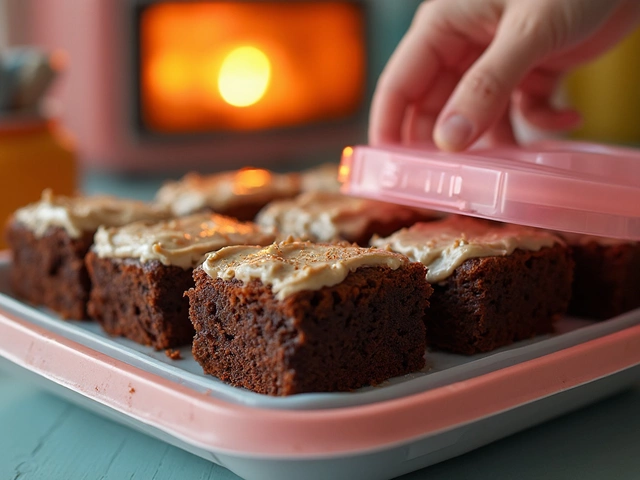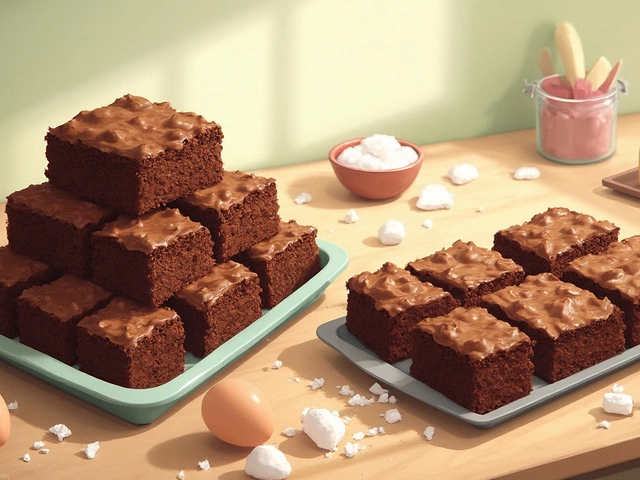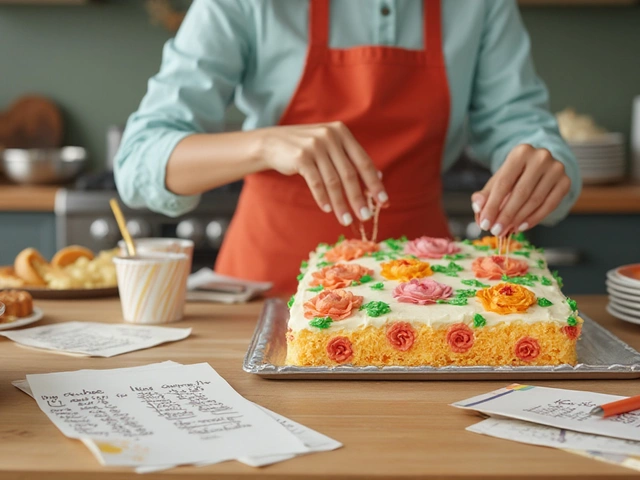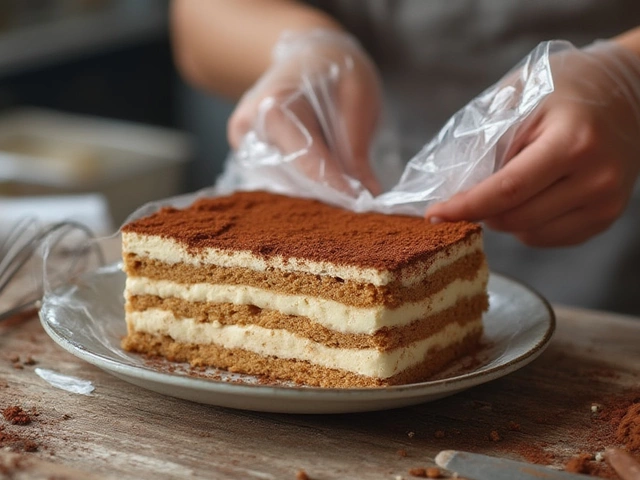Fresh Pastry Dough: Quick Tips for Flaky, Butter‑Rich Results
If you’ve ever struggled with a tough crust or a soggy bottom, you’re not alone. Fresh pastry dough can feel finicky, but the right approach makes it simple. Below you’ll find the core ingredients, easy mixing tricks, and what to do when things go sideways.
The Basics: Ingredients and Ratios
The foundation is just four things: flour, fat, water, and a pinch of salt. A common starting point is 2 cups (250 g) of all‑purpose flour, 1 cup (225 g) of cold butter, ½ cup (120 ml) of ice‑cold water, and ½ tsp of salt. Keep the butter in bite‑size cubes and chill everything before you start – cold fat is the secret to flakiness.
Don’t over‑measure water. Start with half the amount, then add a tablespoon at a time until the dough just comes together. It should look shaggy, not sticky. If it feels dry, add a little more water; if it’s wet, sprinkle a bit more flour.
Hands‑On Tips for Rolling and Resting
Work quickly. When the dough is on the board, press it into a flat disc using a pastry scraper or your hands. Wrap it in plastic and chill for at least 30 minutes. This rest period lets the gluten relax and the butter firm up, preventing shrinkage during baking.When you roll, keep the surface lightly floured – too much flour makes the crust dense. Roll from the center outward, turning the dough a quarter turn every few rolls to keep the thickness even. Aim for a 1/8‑inch thickness for pies and a bit thinner for tarts.
If the dough cracks, let it rest a few more minutes. The butter will soften just enough to seal the cracks without melting.
Got a soggy bottom? Blind‑bake the crust with pie weights or dried beans for 15 minutes before adding filling. This pre‑cooks the base and stops it from soaking up moisture.
Storing fresh dough is easy. Wrap a rolled disc tightly in plastic wrap and freeze for up to two months. Thaw in the fridge overnight before using – no need to remelt the butter.
These straightforward steps turn a dreaded “dough disaster” into a reliable, buttery crust every time. Try them out on your next apple pie or lemon tart and see the difference for yourself.
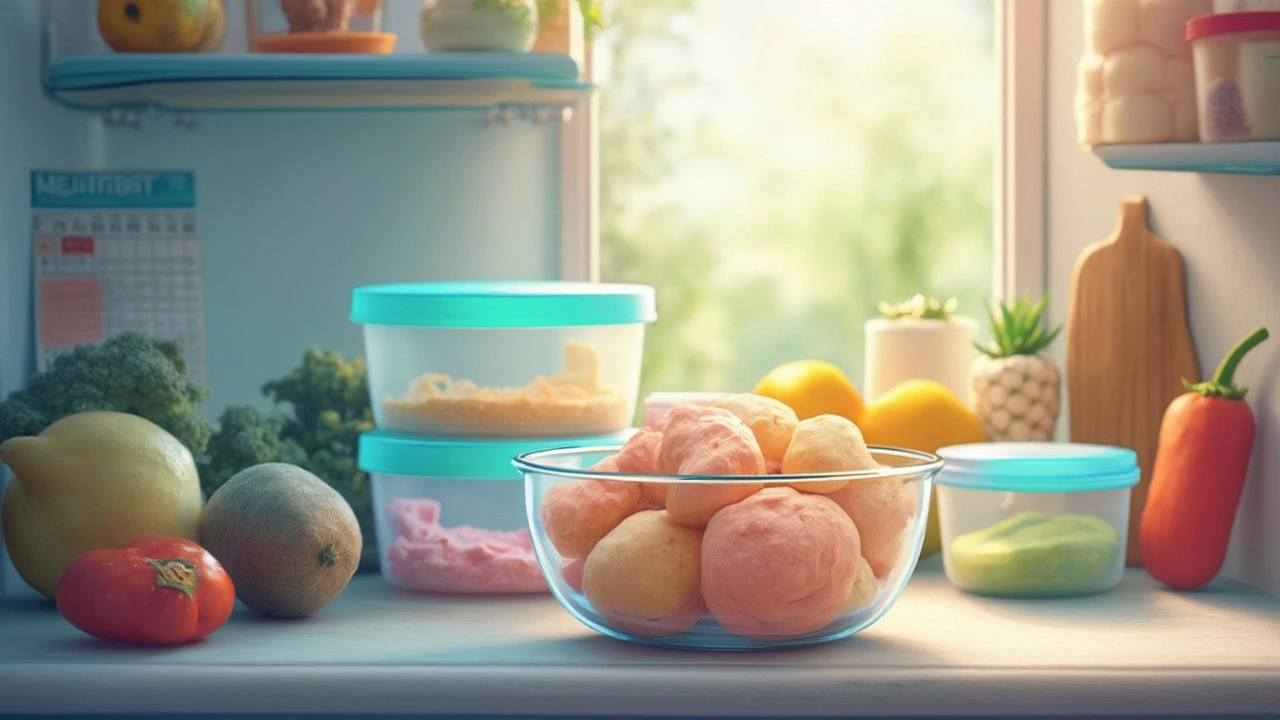
How Long Does Fresh Pastel Dough Last in the Fridge?
Wondering how long your fresh pastel dough can hang out in the fridge before it goes bad? The right storage methods keep your dough tasting great and safe to eat. Learn the real shelf life, signs your dough’s headed south, and quick ways to make it last longer. If you love fried treats or prepping desserts early, here’s what you need to know to avoid waste and food poisoning. Let’s get your pastel dough game on point.
View More
